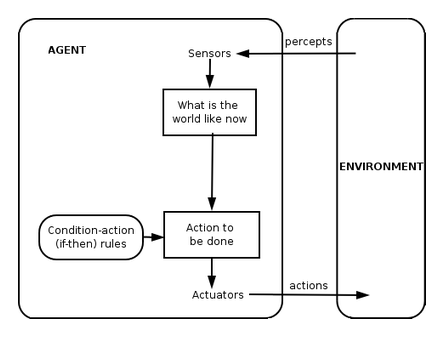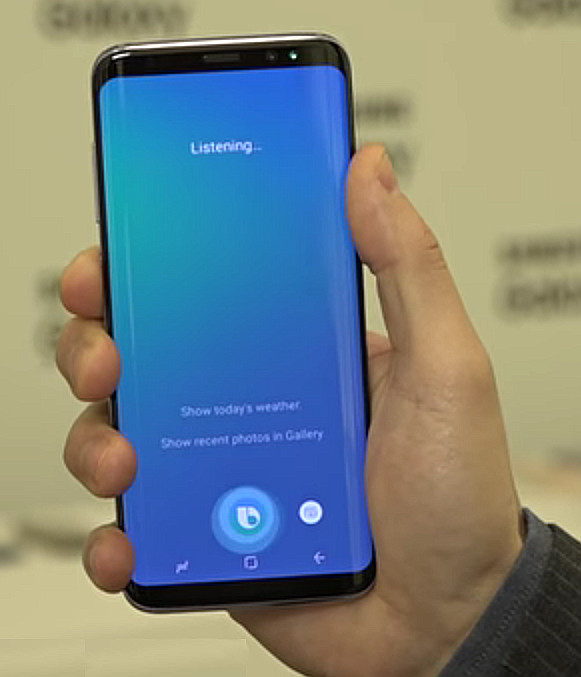By Jon Gabay, contributing writer
Digital assistants aren’t new. You might recall how old versions of Microsoft Office tried to be helpful with its paper clip assistant that would annoyingly pop up with suggestions and attempts at being useful. These days, though, a new generation of digital and virtual assistants are more in focus than ever before. New generations of phones and devices are incorporating the quickly evolving AI technologies as they position themselves to be top dog in the AI assistant world. And Samsung’s new digital assistant, Bixby, is incorporating deep learning and expanded visual search to make it feel like a true digital assistant living within your device.
In comparison, early digital assistants, such as Apple’s Siri, were basically just a voice-recognition interface. To be fair, voice recognition has had a long row to hoe as it has struggled to understand simple words and context. Early voice-recognition systems lacked sufficient processing power and so were not usable for anything else other than an automated phone receptionist for a few focused keywords.

AI structure for deep learning can encompass agents like reflex agent, intelligent agent, or rational agents to enable next-generation devices to understand higher-level contexts for brilliant decision making. Source: Wikipedia.
Nowadays, low-power, multi-core, high-speed processors with deep pools of memory are providing enough raw horsepower. These can more adequately discern the subtle differences in words and use context at a higher level to also discern the grammatically proper form of that word.
Big players are heavily invested in becoming a user interface standard. Already strong are Apple’s Siri, Amazon’s Alexa, Google’s Google interface, Microsoft’s Cortana, and now Samsung’s Bixby. They’re all pushing the envelope by making our smartphones and appliances more intelligent. In actuality, though, it will be a new level of AI with context sensitivity that will achieve this. Typically, older voice interfaces and automated phone systems used structured rule-based programming to make decisions navigate through menu options. Newer systems have context sensitivity.

Samsung's Bixby waiting for a command. Image source: Samsung.
Context sensitivity can be a real eye opener to those who are confounded by the “How did it know that?” curiosity. By searching through texts, emails, contact lists, browser histories, and even files you create and save, context-sensitive software (and apps) can methodically build a digital understanding of an individual’s style and then use rules to interdict and modify normal style parameters to accommodate. For example, you can say, “email for Jon Gabay” and, because of its known database knowledge, the AI will know that this name will appear in texts or emails or contact lists as “Jon” instead of “John.” It will also extract the correct spelling of a last name, too, and decide which email address to use based on the user’s preferences.
Bixby differs from Siri and the rest in a few ways. First, it does not use just rule-based learning. It delves into the emerging deep-learning algorithms that will allow it to understand learned things in unknown ways. And that’s one of the intriguing things about deep learning. Deep-learning machines learn through experience. They find subtle patterns and similarities that we may not. They build databases and create code, and this is where it truly gets interesting.
A deep-learning machine’s ability to create dynamic run-time code based on learned information without preserving a history of learning means that it will know things but won’t be able to tell you how it knows or why. Thus, many people will start feeling in awe of these systems, but also maybe a little paranoid (how did it know that?).
Bixby, for instance, can have the right content ready when you need it based on your routine. By accessing your recent messages and upcoming events, the digital assistant can hail your next Uber ride, fetch your daily news, and can even pull the most important information from different apps so that you can accomplish more from a single screen.
An interesting feature is the button summon mode. With this, Bixby is dead to the world — unlike Siri, Google, and Alexa — until the button is pushed. Because many people are uncomfortable with the notion of, say, Google listening to everything going on inside the home, oftentimes with multiple feeds (every computer, tablet, or phone can potentially be switched on) while waiting for a wake-up word, Bixby's button requirement may prove very comforting. Still, apps and back doors will most likely be available to those that want to hack into any device, and until proven otherwise, Bixby, or any of the other user interfaces, are vulnerable.
Another new thing with Bixby is the visual camera interface that always lets it see. With this feature, it can perform language recognition and auto-translation of signs, for example. This could be a huge boon to international travelers. This also lets Bixby make suggestions. “Hey, you are near the grocery store, and your refrigerator is telling me that you are low on milk.”
And, as the World of Internet (WoI) expands around, on, and inside us, smart, autonomous thinking partners bring a new freedom from remembering names, directions, things to do, scheduling, and more. But the question is: Is this a good thing or not? It depends. For example, many would fault GPS for the emergence of a generation with no sense of direction.
I wonder if Bixby and the others will ever become friends.
Since studying electrical engineering, Jon Gabay has worked with defense, commercial, industrial, consumer, energy, and medical companies as a design engineer, firmware coder, system designer, research scientist, and product developer. As an alternative energy researcher and inventor, he has been involved with automation technology since he founded and ran Dedicated Devices Corp up until 2004. Since then, he has been doing research and development, writing articles, and developing technologies for next-generation engineers and students.
Advertisement
Learn more about Electronic Products Magazine





